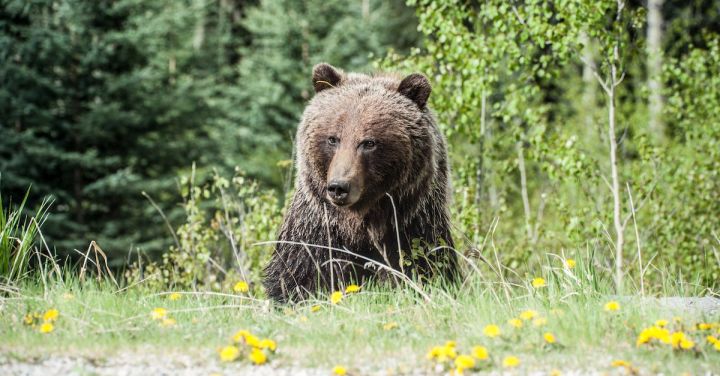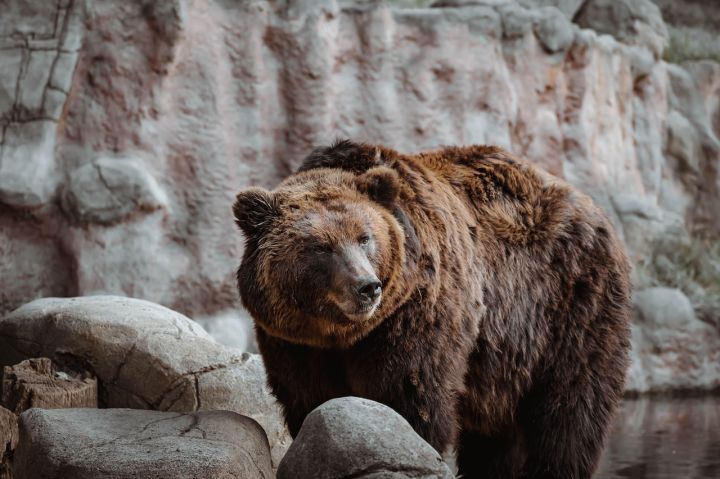How Can Tourists Support Bear Conservation?
When planning a vacation, many people are drawn to destinations that offer the chance to encounter wildlife in their natural habitats. One such incredible animal that captures the imagination of tourists is the bear. These majestic creatures are not only awe-inspiring to observe but also play a crucial role in maintaining the health of ecosystems. However, due to habitat loss, poaching, and other threats, bear populations around the world are facing significant challenges. In this article, we will explore ways in which tourists can actively support bear conservation efforts during their travels.
Choose Responsible Tour Operators
The first and most important step in supporting bear conservation as a tourist is to choose responsible tour operators. Look for companies that prioritize the well-being and protection of bears, ensuring that their activities do not disturb or harm these animals. Responsible tour operators will have knowledgeable guides who provide educational information about bears, their behavior, and their habitats, helping tourists understand the importance of conservation.
Respect Bear Habitats and Behavior
When visiting areas where bears are present, it is crucial to respect their habitats and behavior. Keep a safe distance from bears and avoid approaching them or attempting to feed them. Feeding bears can disrupt their natural foraging behaviors and create dependence on humans, leading to conflicts and potential harm. By respecting their space and behavior, tourists can contribute to the overall well-being of bear populations.
Support Local Communities
Many bear habitats are located in rural and economically disadvantaged regions. By supporting local communities through responsible tourism, tourists can indirectly contribute to bear conservation efforts. Choose accommodations, restaurants, and souvenir shops that are owned and operated by locals, ensuring that the economic benefits of tourism are shared with the communities living alongside bears. This economic support can incentivize local communities to protect bear habitats and discourage activities that harm these animals.
Educate Yourself and Others
One of the most effective ways to support bear conservation as a tourist is to educate yourself and others about the challenges faced by these animals. Learn about the different bear species, their habitats, and the threats they face. Share this knowledge with fellow travelers, friends, and family members, spreading awareness about the importance of bear conservation. By educating others, tourists can inspire them to make responsible choices that benefit bear populations.
Engage in Citizen Science Programs
Citizen science programs allow tourists to actively contribute to bear conservation efforts. These programs involve collecting data on bear populations, behavior, and habitat use, which can help researchers and conservation organizations make informed decisions. Tourists can participate in monitoring activities, such as recording bear sightings or tracking signs of bear presence. By engaging in citizen science, tourists can directly contribute to the conservation of bears and their habitats.
Support Conservation Organizations
Lastly, tourists can support bear conservation by donating to or volunteering with reputable conservation organizations. These organizations work tirelessly to protect bear populations through research, habitat preservation, and advocacy. By supporting their efforts, tourists can contribute to long-term conservation initiatives that benefit bears and other wildlife.
In conclusion, tourists have a unique opportunity to support bear conservation during their travels. By choosing responsible tour operators, respecting bear habitats and behavior, supporting local communities, educating themselves and others, engaging in citizen science programs, and supporting conservation organizations, tourists can actively contribute to the protection of these magnificent creatures. Remember, every action, no matter how small, can make a difference in ensuring a future where bears thrive in their natural habitats.






